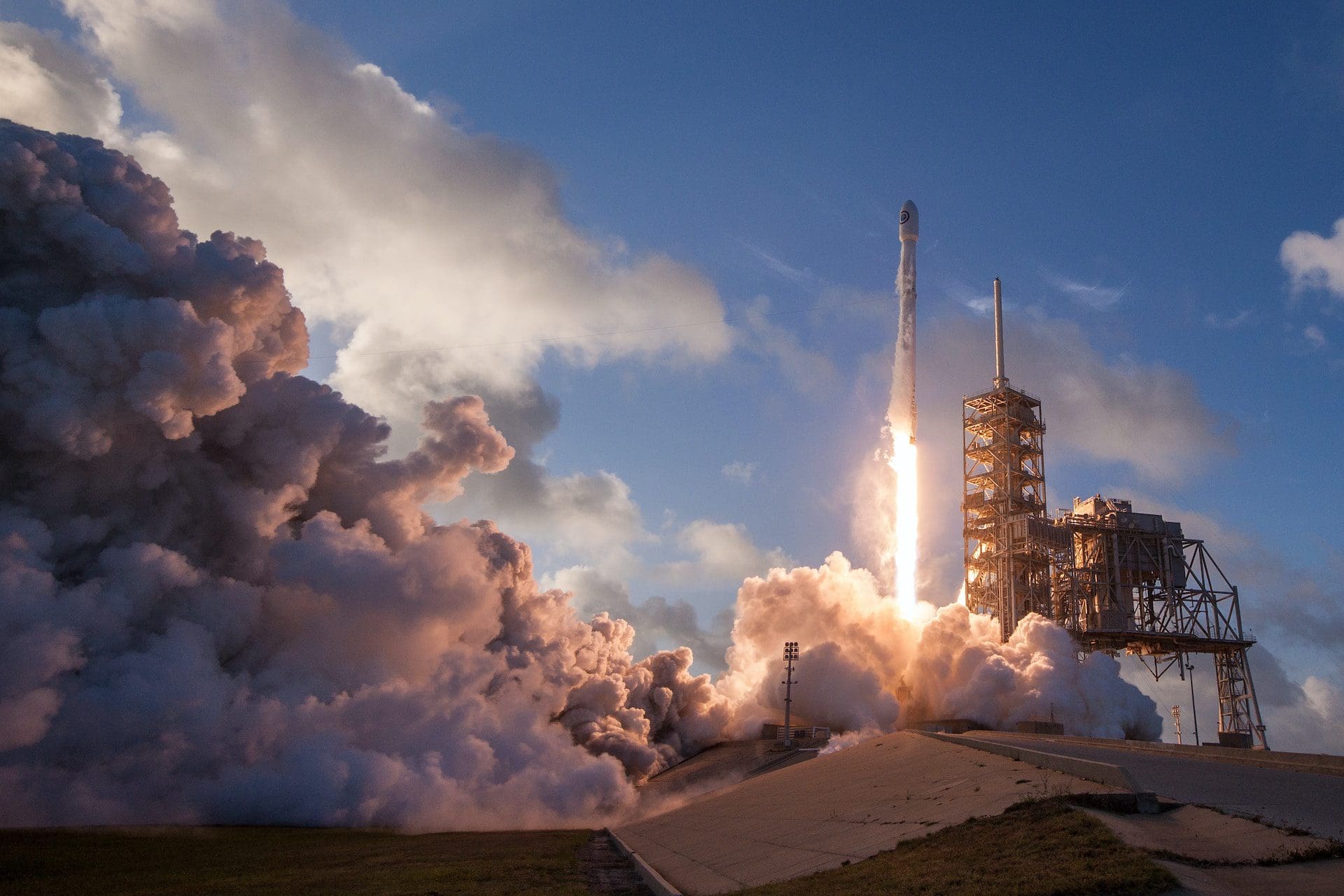Website performance | Optimising your images

In today's visually driven digital landscape, images play a pivotal role in engaging website visitors and conveying your brand's message. However, incorporating images without proper optimization can lead to slower loading times, hampering user experience and SEO efforts. This blog post dives into the essential practices of image optimization for both search engine optimization (SEO) and enhanced website performance.
Understanding the Importance of Image Optimization
- The Need for Speed: Image-heavy websites can suffer from slow loading times, leading to higher bounce rates and lower user satisfaction. Optimizing images ensures that your website loads quickly, keeping visitors engaged.
- SEO Boost: Search engines consider website speed and user experience as ranking factors. Well-optimized images contribute to faster loading, indirectly improving your website's SEO performance.
Choosing the Right Image Format
- JPEG for Photos: JPEG (Joint Photographic Experts Group) is ideal for photographs and images with gradients. It provides a good balance between image quality and file size, making it a popular choice for web use.
- PNG for Graphics: PNG (Portable Network Graphics) is suitable for images with transparency or sharp edges, such as logos and icons. While it produces larger files, it preserves image quality
- For maximum results use WebP: WebP employs advanced compression techniques that result in significantly smaller file sizes compared to traditional formats like JPEG and PNG. This translates to faster loading times and a smoother browsing experience.
Resizing and Scaling
- Choose the Right Dimensions: Resize images to the dimensions they will be displayed on your website. Using excessively large images slows down loading times.
- Avoid Scaling in HTML/CSS: Scaling images using HTML or CSS can negatively impact performance. Always resize images before uploading them.
Compression Techniques
- Lossy Compression: This method reduces file size by removing some image data. It's effective for photographs and images where slight quality loss is acceptable.
- Lossless Compression: Ideal for images requiring high quality, lossless compression maintains image integrity while reducing file size.
Image Alt Text
SEO Benefits: Alt text is essential for SEO as search engines rely on it to understand image content. Describe the image concisely and accurately using relevant keywords.
Utilizing Content Delivery Networks (CDNs)
Faster Loading: CDNs distribute your images across multiple servers, reducing the distance they need to travel to reach users. This leads to faster loading times.
Tools for Image Optimization
- Image Editing Software: Use software like Adobe Photoshop or online tools like Canva to resize, crop, and optimize images.
- Compression Tools: Tools like TinyPNG help compress images while preserving quality.
Image Lazy Loading
Improved Page Loading: Ask your website developer to implement lazy loading to load images only when they're visible in the user's viewport. This significantly improves page loading speed.
In conclusion, image optimization is a critical aspect of SEO and website performance. By following these best practices, you can ensure that your images enhance user experience, improve SEO rankings, and contribute to the overall success of your website. Remember, a well-optimized website not only attracts visitors but keeps them engaged and coming back for more.
